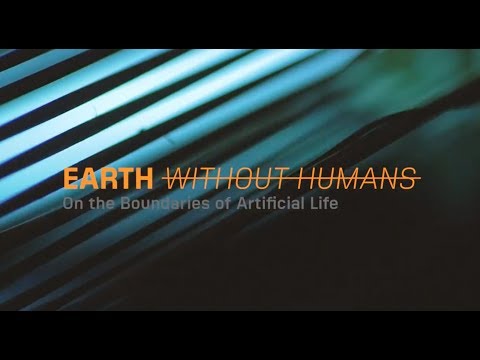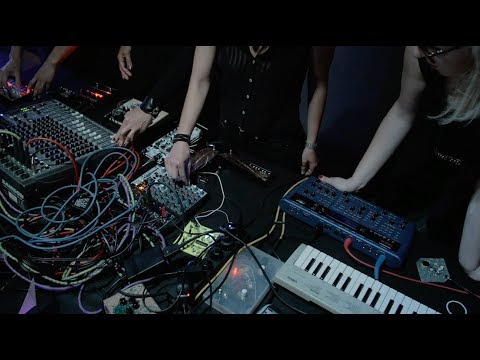Kersnikova Institute

- ART4MED, 2020
Project summary - Biofriction. Cultural transformations through Hybrid Spaces, 2019
Project summary - European ARTificial Intelligence Lab, 2018
Project summary - Trust me, I'm an artist, 2014
Project summary - European Digital Art and Science Network, 2014, Kapelica Gallery
Project summary - HAIP - Hack-Act-Interact-Progress, 2008
Project summary - Break 2.2 Festival – Invisible Threat, 2003
Project summary Show more
Background
The K6/4 Institute was established in 2000 as a result of the restructuring of the Student Organisation of the University of Ljubljana (ŠOU Ljubljana), which is one of its founders (the other is the Union of Student Clubs of Slovenia). Further restructuring took place in 2013, when the Klub K4 was closed and later reopened. The Cyberpipe community which had worked within the institute since 2000, moved from Kersnikova to their new venue. In 2014 the institute's new name Kersnikova got official.
Of the most popular Kersnikova projects was the alternative contemporary music and visual arts venue Klub K4, which offered a diverse programme of contemporary music genres, such as minimal, house, techno, drum'n'bass, breakbeat, funk, nu rave, electro, hip hop, rock, etc. It went beyond the limits of conventional genres with established Slovene and guest artists from abroad as well as new talents and innovators. Its current producer more or less takes care of its aesthetic continuity.
Mission
Hosted in the building of the Student Organisation of the University of Ljubljana on the Kersnikova Street, Kersnikova Institute uses its infrastructure for a range of different projects and programmes, most of which were already run by its founder in the years before the establishment of K6/4 Institute.
It functions as a platform for live, emerging and thought-provoking culture. To this end the institute is developing numerous programmes and projects within which young creators can efficiently express their creative energy, sharpen it with educational activities and assess it with the help of the audience. Over 100 courses and lectures, 250 cultural events and 20 new artworks are produced every year.
Venues and programme
Kersnikova Institute explores emerging artistic expressions and presents international art trends. Part of that is the Kapelica Gallery, a platform for contemporary artistic practices, which aims to establish a critical awareness of social practices and societal developments. Kapelica's emphasis is on exploring and experimenting the limits of artistic discourses and urban poetics.
BioTehna and the Rampa Lab are functioning in close cooperation with the Kapelica Gallery as well as with each other. Taking care for various educational and research activities, they are especially focused on children and youth.
Festivals history
K6/4 was the organiser of the international Break Festival from 1997 through 2007, a festival of young creators, especially the ones from the East European region. Two other festival events of the K6/4 Institute were Transfer and Utrip.
One of most important festival events organised on the location was the HAIP Festival, a multimedia biennial of open technologies, organised by Cyberpipe 2004–2012. Nowadays, it is called HAPI park and it functions as an annual showcase of the productions undertaken under the auspices of Kersnikova throughout the year.
See also
External links
- Kersnikova Institute website (in English and Slovenian)
- Klub K4 website
- Kapelica Gallery website
- Biotehna.org BioTehna website
- The ČIPke initiative website

